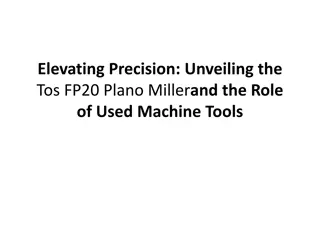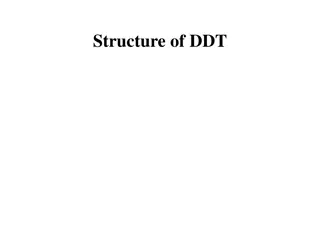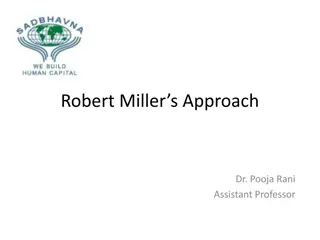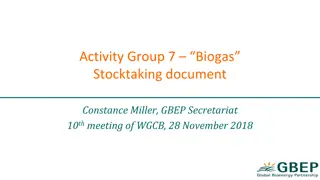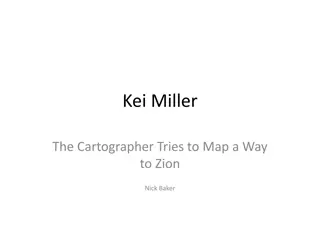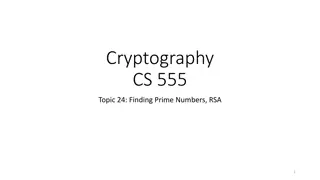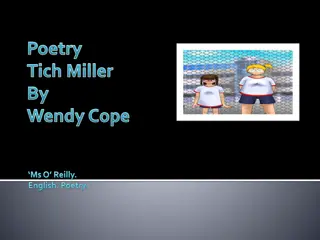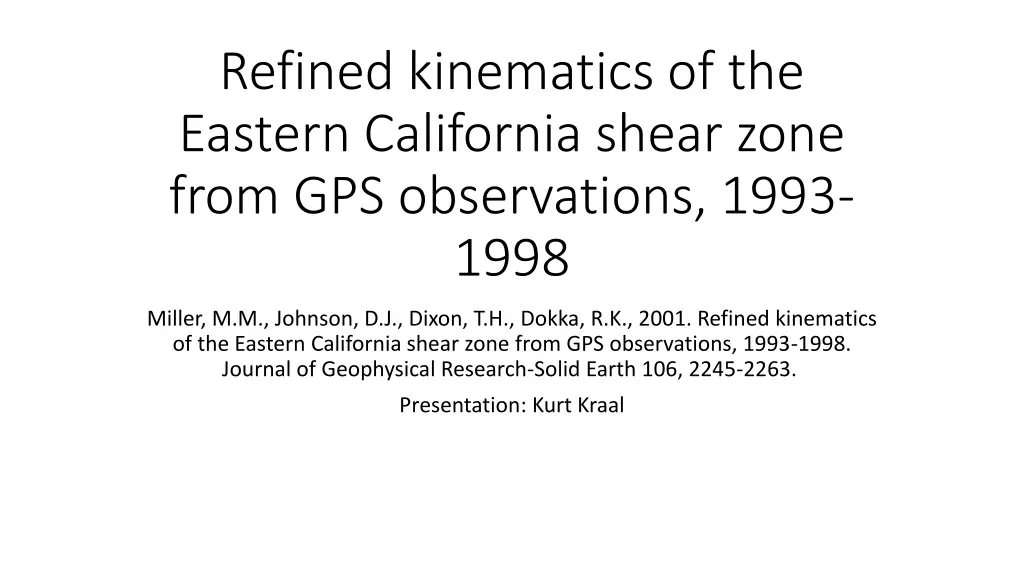
Eastern California Shear Zone GPS Observations
Explore the refined kinematics of the Eastern California shear zone from GPS observations conducted between 1993 and 1998. Understand the role of the Eastern California Shear Zone in plate margin deformation and its interaction with the San Andreas fault system. The study utilizes GPS velocities to investigate deformation in the region and presents new constraints on the geologic model.
Uploaded on | 1 Views
Download Presentation

Please find below an Image/Link to download the presentation.
The content on the website is provided AS IS for your information and personal use only. It may not be sold, licensed, or shared on other websites without obtaining consent from the author. If you encounter any issues during the download, it is possible that the publisher has removed the file from their server.
You are allowed to download the files provided on this website for personal or commercial use, subject to the condition that they are used lawfully. All files are the property of their respective owners.
The content on the website is provided AS IS for your information and personal use only. It may not be sold, licensed, or shared on other websites without obtaining consent from the author.
E N D
Presentation Transcript
Refined kinematics of the Eastern California shear zone from GPS observations, 1993- 1998 Miller, M.M., Johnson, D.J., Dixon, T.H., Dokka, R.K., 2001. Refined kinematics of the Eastern California shear zone from GPS observations, 1993-1998. Journal of Geophysical Research-Solid Earth 106, 2245-2263. Presentation: Kurt Kraal
Background San Andreas fault system forms the transform plate boundary between the Pacific Plate and North America at this latitude Deformation occurs over a larger zone than just the San Andreas fault: Relative plate motion of southern California ~50 mm/yr, San Andreas ~35 mm/yr Eastern California Shear zone (ECSZ) plays a major role in balancing the discrepancy between plate motion and SA slip rate ECSZ describes the faults in the Mojave and the faults that penetrate across the Garlock Fault to the North A number of historic large earthquakes on these faults This study presents new GPS constraints on deformation in ECSZ, in order to investigate its role in plate margin deformation GPS velocities are also integrated into a geologically constrained model, in order to relate short term GPS velocity field with long-term geologic deformation
Goals and Methods: 1991 GPS Geodetic Network The goal was to measure the secular strain associated with a complex continental transform margin, where slip is partitioned from the San Andreas fault northeastward through the Mojave Desert via the Eastern California shear zone to the Walker Lane GPS stations >
Equation used to estimate uncertanitie Methods 2 Data analysis included the use of error estimation strategies to treat day-to-day uncertainties Error can come from both white noise and time-correlated noise Correlated noise includes monument motion unrelated to tectonic deformation Also uncertainty in the satellite orbit parameters and local atmospheric and environmental effects New data was also compared to previous data sets to see if they agree, which they mostly do (but new data was considered better by the authors)
Methods 3 Example representative time seris for GPS stations in the network Figure Includes the white noise error estimation model, which estimates uncertainties
Results GPS determined velocity field of ECSZ 1993-1998 Velocity field is set relative to nominal North America, which lies east of all Cordilleran deformation
Right Lateral Shear (increasing parallel velocity vectors) Results GPS determined velocity field of ECSZ 1993-1998 Velocity field is set relative to nominal North America, which lies east of all Cordilleran deformation Change in orientation
Plate Motion Parallel and Normal Velocity to Pacific-North American Plate motion Plots them against distance from an arbitrary origin near the center of ECSZ Solid symbols are north of Garlock fault, open are stations to the south For plate motion normal velocities, a positive slope between any two station implies extension and negative slope implies extension Deformation concentrated nearer the San Andreas Fault Dextral deformation in stations north of Garlock fault are concentrated more towards the northeast. Away from the fault This shift in the locus of deformation is also apparent in the normal motion ECSZ fault strike more northerly than the plate motion direction, thus extension is a consequence of the northwest oblique motion on north to north-northwest striking faults These patterns conform with our ideas of the Sierra Nevada as a structural block and the inland penetration of the shear zone. Also emphasizes the role of sinestral motion on the garlock fault to accommodate different styles of deformation oblique to Pacific-North America motion in adjacent structural domains.
Fault Model GPS velocities are only averaged over several years To compare with fault slip rates from faults and other long-term geologic data, they built this fault model. The model for the most part fit the data except in the southeast, which may be due to some rotation in the Mojave, which was not modelled.
South of Garlock Fault Mojave Desert Block Slip budget in Mojave block ~14 mm/yr Geologic offsets and sliprate estimates suggest ECSZ has been active 10 myr or longer Northern part of this map, most deformation steps east of Goldstone South of Barstow, most deformation occurs in central ECSZ
North of Garlock Fault ~ 13 mm/yr between eastern flank of Death Valley and western flank of Sierra Nevaad Half the modern slip occurs on faults within Owen s valley (~8 mm/yr) 6mm/yr are on faults within Panamint Valley and Death Valley Azimuth of the cumulative relative motion lies counterclockwise from the strike of local faults, therefore creating Basin and Range topography
Due to differences between northern and southern ECSZ, Garlock fault is likely important for accommodating varying structural regimes Garlock Fault
Summary and conclusions ECSZ accomadates about 28-29% of relative motion between NA and Pacific Plate There are along strike variations between northern and southern ECSZ, suggesting that the garlock fault separates 2 different structural domains. - possible clockwise rotation of eastern garlock fault



